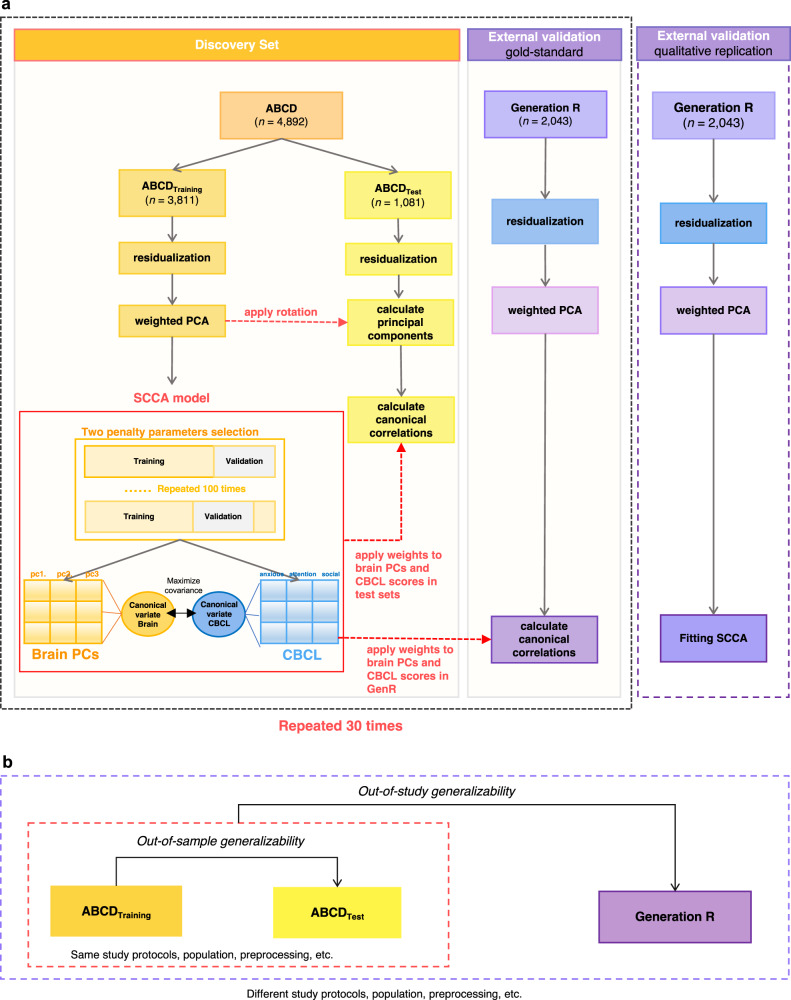Fig. 1. Multivariate brain-behavior associations analysis pipeline.
a ABCD was the discovery set and Generation R as the external validation set. The discovery set was divided into training and test sets 30 times, resulting in 30 train-test pairs in ABCD. The eigenvectors of PCA from the ABCDTraining set were applied to ABCDTest set to calculate the principal components, then the canonical loadings obtained from the ABCDTraining set were projected to ABCDTest set to compute the out-of-sample generalizability. Similarly, weight vectors of SCCA from the ABCDTraining set were then directly applied to Generation R to assess the out-of-study generalizability of the model. We also implemented the qualitative replication approach, in which we train the CCA model independently in Generation R and compare the results across the two cohorts. Note that the sample size in ABCD is an example from one train-test split. b Out-of-sample generalizability within ABCD and out-of-study generalizability in Generation R.

